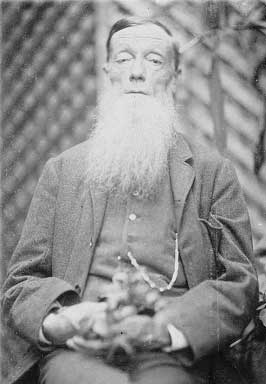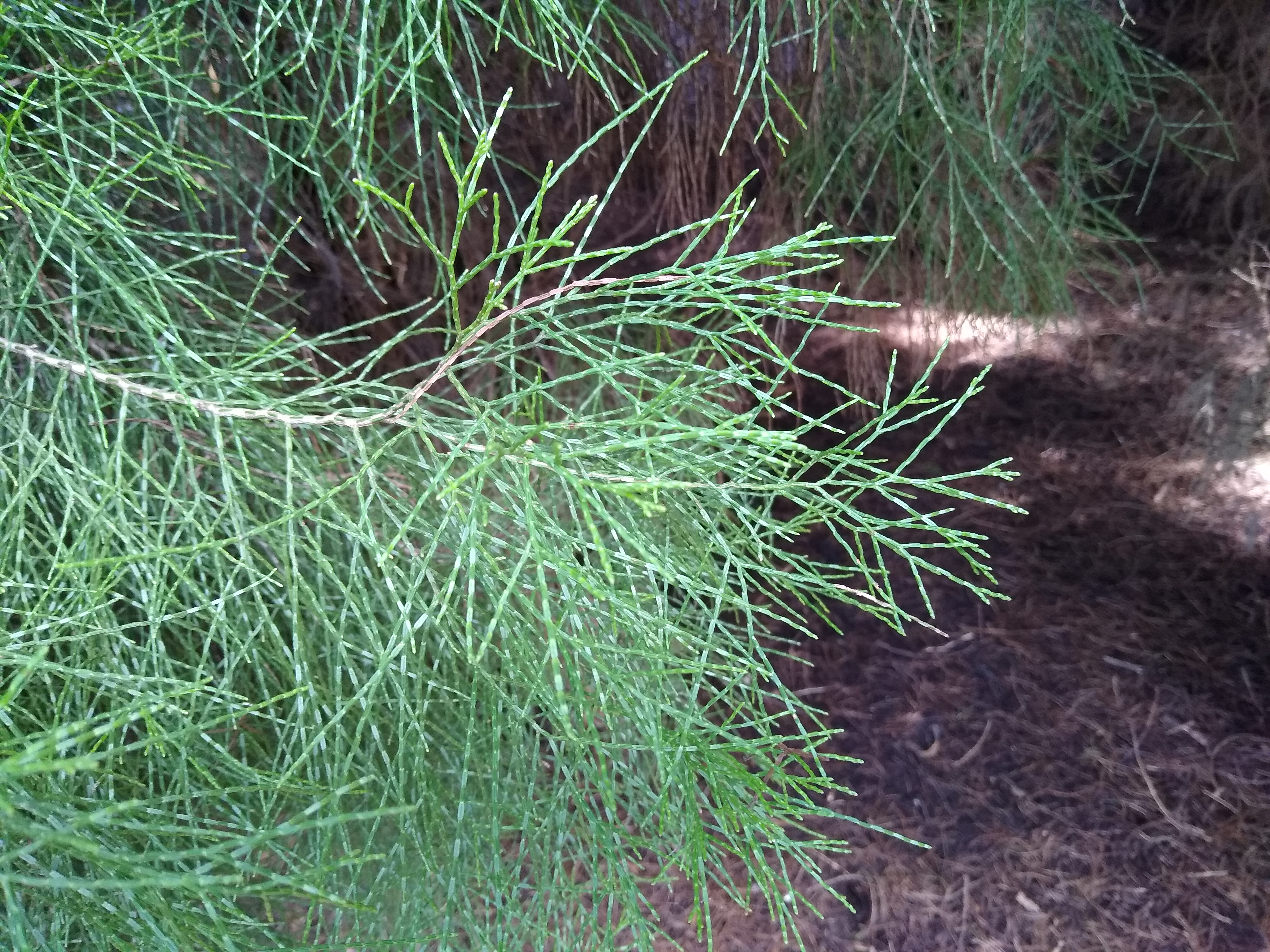Callitris Baileyi on:
[Wikipedia]
[Google]
[Amazon]
''Callitris baileyi'' is a species of 
 ''Callitris baileyi'' is found in Southeast Queensland, Australia sporadically. With more than ten known locations ranging from places like the state border of Southeast Queensland, to
''Callitris baileyi'' is found in Southeast Queensland, Australia sporadically. With more than ten known locations ranging from places like the state border of Southeast Queensland, to

conifer
Conifers are a group of conifer cone, cone-bearing Spermatophyte, seed plants, a subset of gymnosperms. Scientifically, they make up the phylum, division Pinophyta (), also known as Coniferophyta () or Coniferae. The division contains a single ...
in the family Cupressaceae
Cupressaceae is a conifer family, the cypress family, with worldwide distribution. The family includes 27–30 genera (17 monotypic), which include the junipers and redwoods, with about 130–140 species in total. They are monoecious, subdio ...
. It is found only in Australia
Australia, officially the Commonwealth of Australia, is a Sovereign state, sovereign country comprising the mainland of the Australia (continent), Australian continent, the island of Tasmania, and numerous List of islands of Australia, sma ...
, more specifically Southeast Queensland. Its common English name is Bailey's cypress-pine. The name is dedicated to Australian botanist Frederick Manson Bailey
Frederick Manson Bailey (8 March 1827 – 25 June 1915) was a botanist active in Australia, who made valuable contributions to the characterisation of the flora of Queensland. He was known by his middle name, Manson.
Early life
Bailey was bo ...
, who was the first to collect specimens of this tree. Bailey's name is closely associated with much of the flora of Queensland and their elucidation in Southeastern Queensland. Over the past few decades the conifer has been severely threatened by habitat loss
Habitat destruction (also termed habitat loss and habitat reduction) is the process by which a natural habitat becomes incapable of supporting its native species. The organisms that previously inhabited the site are displaced or dead, thereby ...
Fruiting for the species has been recorded year-round.

Description
''Callitris baileyi'' is a slender tree growing to a height of 18m with rough greyish looking bark, and with a green crown. The adult leaves are green with an average size of 25 mm long. They have an arrangement of groups of three leaves that run parallel with the stem. While the branchlets have an appearance of being grooved due to the base of the leaves running down the stem as a wing. Cones form on slender fruiting branchlets that are solitary from one another. Both the male and female cones form on the same tree. With the male cones appearing on the end of branchlets at a size of 2-3mm long. While the female cones form on a branchlet that have a waxy, greyish-blue coloring during its development. The female cone is oblong in shape and measure a size of 10-13mm in diameter. The cones are covered in scales that alternate and are short and narrow. The central stalk of the cone is short, narrow at the base and slightly angled. The seeds that get produced are few in number, with only two unequal wings.Range and habitat
 ''Callitris baileyi'' is found in Southeast Queensland, Australia sporadically. With more than ten known locations ranging from places like the state border of Southeast Queensland, to
''Callitris baileyi'' is found in Southeast Queensland, Australia sporadically. With more than ten known locations ranging from places like the state border of Southeast Queensland, to Goomeri
Goomeri ( ) is a rural town and locality in the Gympie Region, Queensland, Australia. In the , the locality of Goomeri had a population of 664 people.
Geography
The town is located on the intersection of the Burnett, Bunya and Wide Bay Hi ...
in northern Australia, and as far west as the Bunya Mountains
The Bunya Mountains are a distinctive set of peaks forming an isolated section of the Great Dividing Range in southern Queensland. The mountain range forms the northern edge of the Darling Downs in the locality also called Bunya Mountains ne ...
range. However, there has been some smaller patches of subpopulations found in private lands such as the Koreelah National Park which is west of Woodenbong
Woodenbong is a rural village in the Kyogle Shire of northern New South Wales. It is situated 10 km south of the Queensland border and five kilometres south of the junction of the Summerland Way and the Mount Lindesay Road, which leads to ...
. These subpopulations have been severely fragmented due to widespread habitat fragmentation throughout its range
''Callitris baileyi'' was once found in Acacia Creek and Sandilands near Tabulam in New South Wales, however, now it ceases to occupy that area.
''Callitris baileyi'' is a terrestrial plant system, that grows on rocky slopes, hilly or mountainous areas, in shallow and often clay soils. At an extent of occurrence between 15,000 and 25,000 km2. It is found in eucalypt woodland, commonly associated with Ironbark, Blue Gum and Spotted Gum trees. Compared to the New South Wales sub-population that emerges in open grassy eucalypt forest near creeks.
Habitat decline and conservation
Over the years the population of ''Callitris baileyi'' has been in decline to the point ofNear Threatened
A near-threatened species is a species which has been categorized as "Near Threatened" (NT) by the International Union for Conservation of Nature as that may be vulnerable to endangerment in the near future, but it does not currently qualify f ...
( IUCN 3.1) status. This has largely been due to inappropriate fire regimes, which is the act of frequent low-intensity burning to reduce fuel loads. This method is used to promote grass growth for cattle grazing or agriculture, which over time prevents regeneration and can lead to the elimination of the species subpopulations. This type of fragmentation of the species is becoming more prevalent outside of national parks.
Another factor into the species habitat decline is the invasion by alien invasive weeds in a limited part of its range is inferred. Alien invasive weeds such as ''Lantana camara
''Lantana camara'' (common lantana) is a species of flowering plant within the verbena family ( Verbenaceae), native to the American tropics. It is a very adaptable species, which can inhabit a wide variety of ecosystems; once it has been introdu ...
'' are a problem in some parts of its range in Queensland.
Recent conservation efforts have been made by the New South Wales state legislation to list the species as Endangered, while in the state of Queensland, Australia has it listed as Near Threatened. The ''Callitris baileyi'' has been recorded in several national parks such as the Bunya Mountains National Park
Bunya Mountains is a national park in the South Burnett Region, Queensland, Australia.
Geography
The park includes much of the mountain range called the Bunya Mountains. The park are encompasses the most westerly area of subtropical rainforest ...
in Queensland and Koreelah National Park in New South Wales.

References
{{Taxonbar, from=Q2665238 baileyi Pinales of Australia Trees of Australia Vulnerable flora of Australia Nature Conservation Act rare biota Vulnerable biota of Queensland Rare flora of Australia Flora of Queensland Taxonomy articles created by Polbot